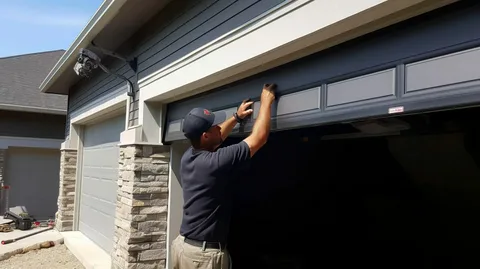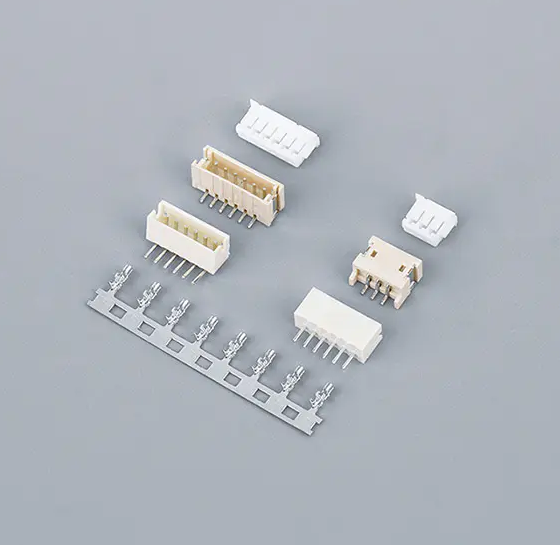Innovations in High-Performance Coating Additives
Coating additives have become a vital component in the paints, coatings, and surface treatment industries, offering manufacturers the ability to enhance performance, durability, and aesthetics. These additives, which are incorporated into base coatings, serve a variety of functions, from improving flow and leveling to providing UV protection, anti-foaming, and corrosion resistance. With industries increasingly demanding coatings that combine functionality with environmental compliance, coating additives play a pivotal role in meeting these expectations.
One of the primary functions of coating additives is to improve the application and performance characteristics of paints and coatings. Flow and leveling agents, for example, ensure a smooth, uniform finish by reducing surface irregularities and minimizing brush or spray marks. Similarly, wetting agents enhance the spreading of coatings on difficult surfaces, ensuring better adhesion and coverage. These properties not only improve the final appearance but also increase the efficiency of coating application, reducing material wastage and labor costs.
Durability is another critical area where coating additives make a difference. Anti-corrosive additives protect metal surfaces from rust and degradation, extending the service life of industrial equipment, automotive components, and infrastructure. UV stabilizers and light absorbers prevent coatings from fading, yellowing, or chalking under sunlight exposure, preserving color and gloss for longer periods. Moisture scavengers, anti-settling agents, and biocides further enhance the long-term stability and performance of coatings in challenging environments.
Environmental and regulatory considerations are increasingly shaping the demand for advanced coating additives. Solvent-free and low-VOC (volatile organic compound) coatings require specialized additives to maintain performance without relying on harmful chemicals. Additives such as rheology modifiers, dispersants, and defoamers enable manufacturers to develop eco-friendly coatings that meet stringent environmental regulations while delivering high-quality finishes. This trend is particularly prominent in automotive, architectural, and industrial coatings, where sustainability and compliance are critical.
Innovation in coating additives market is also enabling functional enhancements beyond traditional protection and aesthetics. For instance, anti-scratch additives improve surface hardness, while anti-microbial additives inhibit bacterial growth on coated surfaces, making them ideal for healthcare, food processing, and hygiene-sensitive applications. Additionally, conductive additives are being used in electronic coatings to facilitate electromagnetic shielding and static dissipation, highlighting the versatility and technological significance of modern coating additives.
The market for coating additives is driven by diverse industrial applications, including automotive, construction, aerospace, packaging, and electronics. Rapid urbanization, infrastructure development, and growth in automotive manufacturing are fueling demand for coatings that are both high-performance and environmentally responsible. In the construction sector, weather-resistant and durable coatings are increasingly required to withstand harsh climatic conditions, driving adoption of specialty additives that improve adhesion, flexibility, and resistance to cracking or peeling.
Customization is a key factor in the use of coating additives. Different substrates, environmental conditions, and end-use requirements necessitate tailored additive formulations. Manufacturers work closely with clients to design additive packages that optimize viscosity, drying time, gloss, chemical resistance, and other performance metrics. This flexibility ensures that coatings meet the specific demands of industrial and commercial applications while maintaining efficiency and cost-effectiveness.






